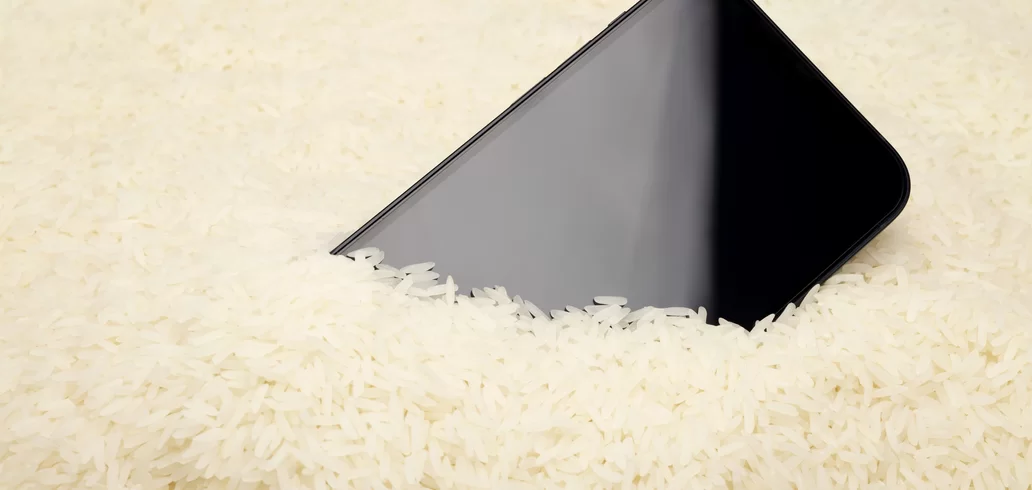Curiosities
5 impressive Aztec inventions
Advertisement
1. **Chinampas**: The chinampas were agricultural systems in the form of floating islands built on the lakes of the region where they settled, such as Lake Texcoco. They consisted of layers of silt and vegetation, creating fertile beds for growing food. This method allowed the Aztecs to produce large quantities of food in a relatively small area and contributed significantly to the growth of their population and the development of their civilization.
2. **Aqueducts and Irrigation Systems**: The Aztecs developed elaborate systems of aqueducts and irrigation canals to transport water from distant sources to their cities and agricultural fields. These systems provided a regular supply of drinking water for the urban population and ensured efficient irrigation for their crops.
3. **Aztec Calendar**: The Aztec calendar was a complex system that combined different time cycles. The main one was the xiuhpohualli, a 365-day cycle divided into 18 months of 20 days each, plus an additional five-day period considered unlucky. They also had the tonalpohualli, a 260-day calendar used for religious ceremonies and divination. The Aztecs' knowledge of celestial movements and their ability to observe and record astronomical events were remarkable for their time.
4. **Metallurgy Artifacts**: Although the Aztecs did not work metal in the same way as other contemporary civilizations, such as the Incas, they still produced remarkable metal artifacts. Aztec artisans were skilled at producing jewelry, weapons, agricultural tools, and other utilitarian objects from copper and bronze alloys, as well as silver and gold.
5. **Codices and Hieroglyphic Writing**: The Aztecs developed a form of pictographic writing, in which symbols and images were used to represent words and concepts. They recorded historical, genealogical, and religious information on codices made of bark paper or animal skin. Although many of these codices were destroyed during the Spanish conquest, some survived and provide valuable insights into Aztec culture, religion, and history.





